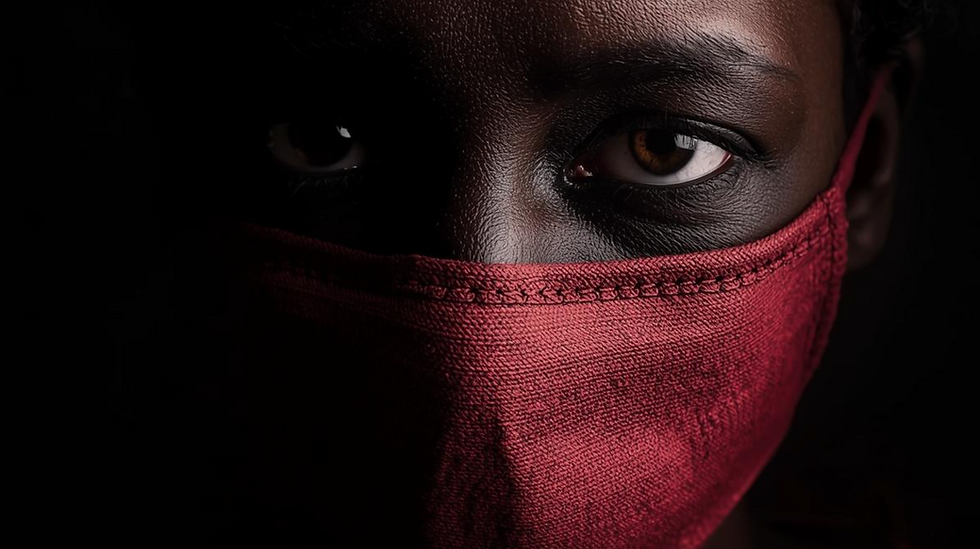Education in Cameroon
- Kristian Latosinski
- Aug 13, 2020
- 4 min read
Updated: Nov 27, 2020
Want to know more about what it’s like to be a child in the Cameroonian education system? In this week’s article we’ll be giving an overview of schooling in Cameroon and the issues that face it.

The school system of Cameroon: a tale of two languages
Due to Cameroon’s colonial past, its education system is split into two distinct sub-systems: one based on the French colonial model and one based on the British colonial model. In the past, studies in French were more popular, but due to the increasing influence of globalisation, English is being taught more widely.
The overall schooling system is made up of 2 optional years of pre-school (ages 3-5), 6 compulsory years of primary school (ages 6-11) and 7 years of secondary education (ages 12-18). However, the precise qualifications the child receives when completing their secondary education, as well as their years spent in lower and upper sixth form, are different depending on the sub-system of education that they are enrolled in.

Secondary and primary education in Cameroon
Primary school is free for children in Cameroon, but secondary education is not and while it is heavily subsidised by the Cameroonian government, there are still many families who cannot afford to send their children to secondary school. Because of this there is a large disparity between those who have completed primary education and those who carry on into secondary education. According to UNICEF, only 53% of children of the right age attend secondary school compared to 85% of primary aged children in primary school.
Another reason for the low enrolment into secondary education is because of the system itself. Progression in the Cameroonian state education system is not automatic and is instead dependent on exam results. This means that if a child does not pass their entrance exam at the end of primary school, they will not be accepted into a state secondary school and would instead have to look at enrolling at a private or mission school. With many not being able to afford state school, even fewer are able to attend a private institution, meaning that children who cannot pass their entrance exams remain trapped in the poverty cycle.

Issues facing education in Cameroon
Issues affecting a child’s education in Cameroon are not limited to poverty and progression.
There are huge differences between the quality of education in rural and urban areas, along with large disparities in attendance. While there is already an extremely low rate of attendance to preschools in Cameroon, it is even lower rural areas, with 20% of children aged 3-5 attending preschools compared to 55% of children in urban environments. Many rural schools are also under-resourced and have teachers who, while highly motivated, are under-trained. Teachers also face overcrowded classes, with classes consisting of 44.6 pupils to every 1 teacher in primary schools. In comparison, primary schools have 20.5 students per teacher in the UK. The combination of these issues makes it incredibly difficult for the students who can attend to fulfil their full potential.
Gender inequality is also a huge issue facing the education of many young people in Cameroon. There are large disparities between the attendance of girls and boys: rates of enrolment for girls are lower across the board and 70% of girls across Cameroon are illiterate. This lack of access to education is often due to factors such as traditional discriminatory biases, early pregnancy and teenage marriage. UNICEF found in 2014 that over 31% of teenage girls in Cameroon were married before the age of 18. Even when they are able to attend school and higher education, many female students face discrimination, sexual harassment and violence and while teachers are now being trained on gender-balanced teaching, this is mostly taking place in non-state schools. Many young women in Cameroon face a disproportionate disadvantage in their early life due to educational inequality, the effects of which can last a lifetime.

The effects of conflict on education
The biggest plight of the last 5 years affecting the education of Cameroonian children is conflict. Whether it is due to the Boko Haram insurgency in the Far North Region of Cameroon or due to school boycotts resulting from the Anglophone crisis, schools have been closed, burned down and abandoned, while teachers, students and their families have been forced to flee their homes. With children from Anglophone areas at risk from gunshots, kidnapping and assault on their way to school and schools across Cameroon closing, it is no surprise that enrolment rates have fallen.
Despite these problems affecting the lives and education of Cameroonian children, there is hope. University enrolment rates in Cameroon have increased by 22% over the past 20 years and the average adult literacy is consistently increasing. You too can help tackle the issues facing a Cameroonian child and their families, allowing them to receive the education and bright future they deserve, by sponsoring them today.

Visit our child sponsorship page to see how you can help a child through their education.
If you want to see how COVID-19 has affected the education system in Cameroon, take a look at last week’s article.
If you have any further questions about education in Cameroon, leave a comment below!




Comments